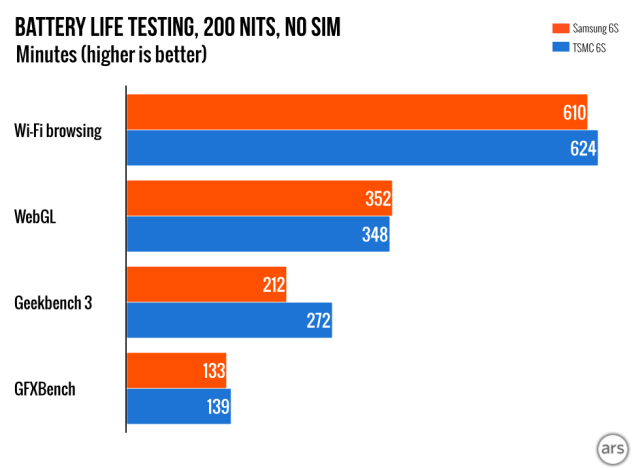I would take "slightly worse" compression any day over expensive depth decompress and fast clear elimination steps. I like to do partial updates to my resources, and decompression steps are a real pain in the ass in some cases.I recall reading that. Still thinking there was another limitation or that "slightly worse" was a bit more than slight. It just seemed like some devs were tripping over it more than would be expected if the fix was a simple creation option.
It would be fantastic to have more visible flags to control the resource compression, but unfortunately PC APIs are still a bit too high level for that. Would be hard to design a system that is universal to all AMD/NV/Intel GPUs.

